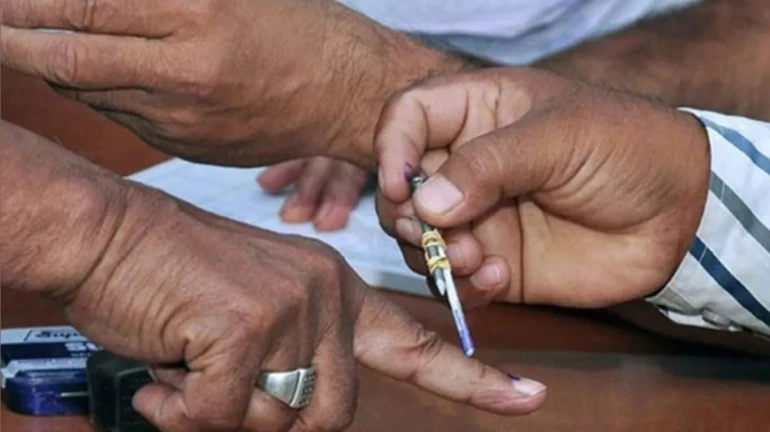
A major structural shift in Maharashtra’s local governance system is set to take place as a four-member ward model is being adopted across 28 of the state’s 29 municipal corporations. This change, introduced through a recent notification from the state’s Urban Development Department, is expected to reshape the framework of civic elections and service delivery.
Under the new configuration, every four wards will be grouped into a single electoral and administrative unit. While candidates will continue to file nominations from a single ward, they will be allowed to campaign across the entire four-ward panel. Once elected, councillors will be empowered to oversee developmental projects and implement services throughout all four wards within their respective clusters. Voters will be permitted to cast their votes for candidates in each of the four grouped wards. In situations where voters prefer to select fewer candidates, instructions have been given for polling staff to document the choice and inform agents to maintain accuracy during vote tabulation.
The policy shift is based on legislative amendments passed in March 2024, where it was mandated that wards should, as far as possible, elect four representatives, with the flexibility to choose between three and five. This development continues Maharashtra’s pattern of frequently revising its ward structures over the past two decades. Several different models have been implemented by successive state governments, including two-member and single-member ward systems, depending on political priorities.
Although the current administration has promoted the new structure as a tool for improved governance and equitable development, concerns have been raised regarding the political motivations behind the move. Since the authority to redraw ward boundaries rests with the state, critics have suggested that the process may be influenced by ruling party interests. Nonetheless, it has been emphasized by officials that safeguards such as public hearings are part of the boundary finalization process.
Sources within the government have expressed confidence that the revised system will lead to more cohesive planning and quicker implementation of public schemes, especially in adjacent wards that previously faced delays. Additionally, it has been noted that the panel model can help political parties balance representation based on caste and gender. Mumbai has been excluded from the new arrangement due to the significantly larger size and population density of its wards, which officials have stated would make implementation of a multi-member system unfeasible at present.





